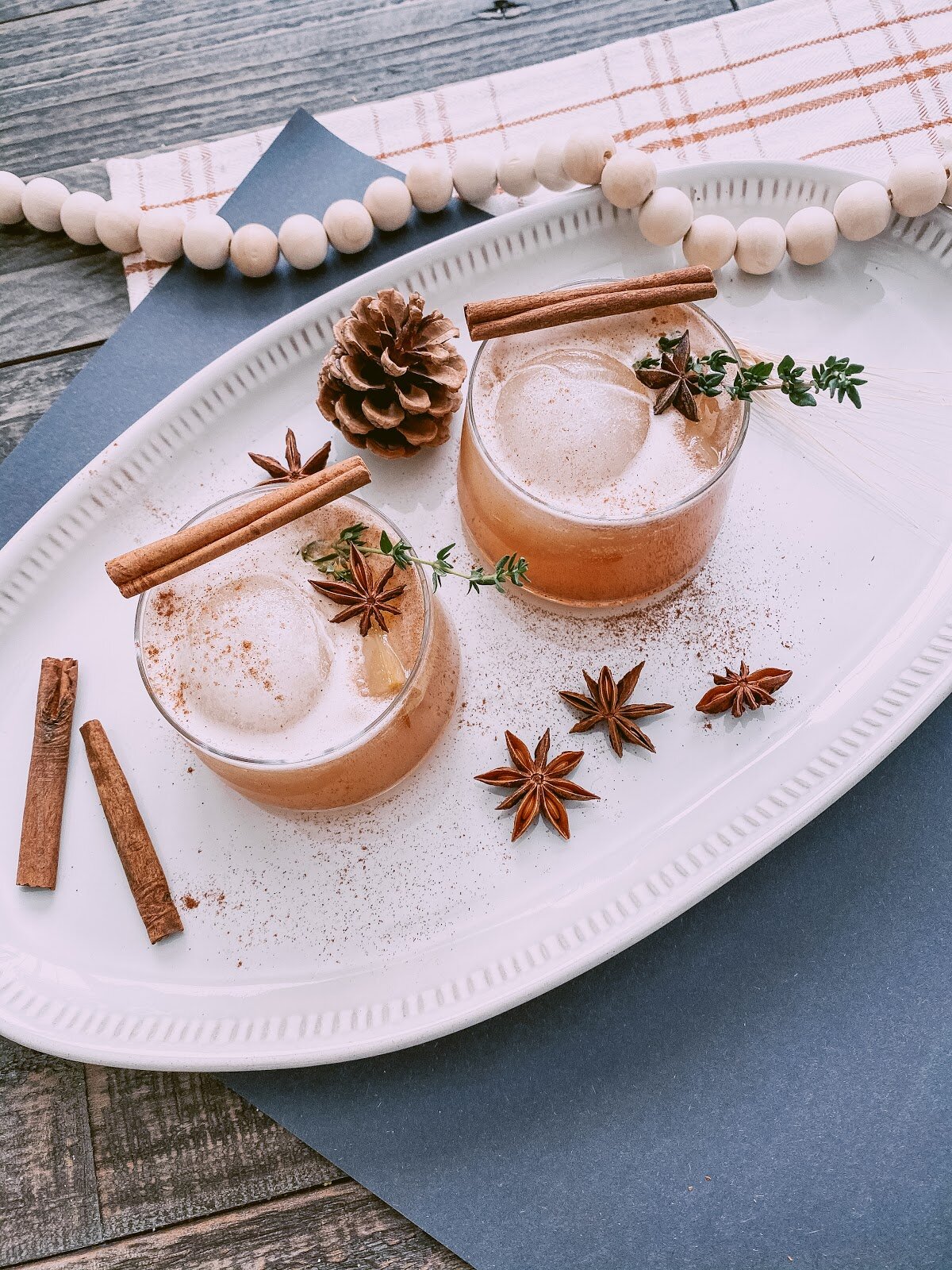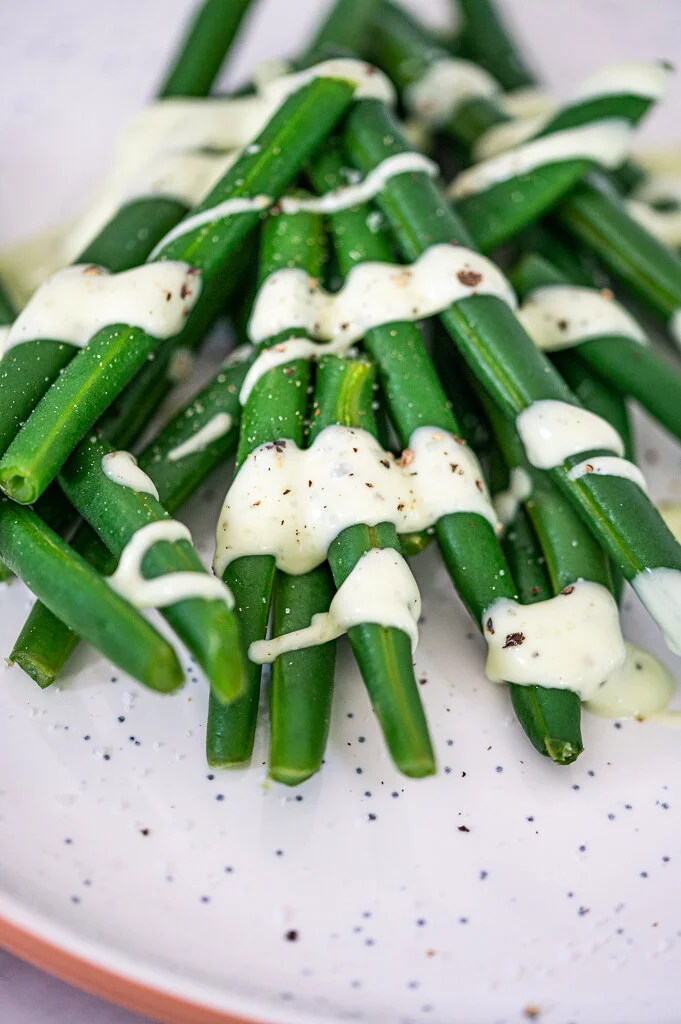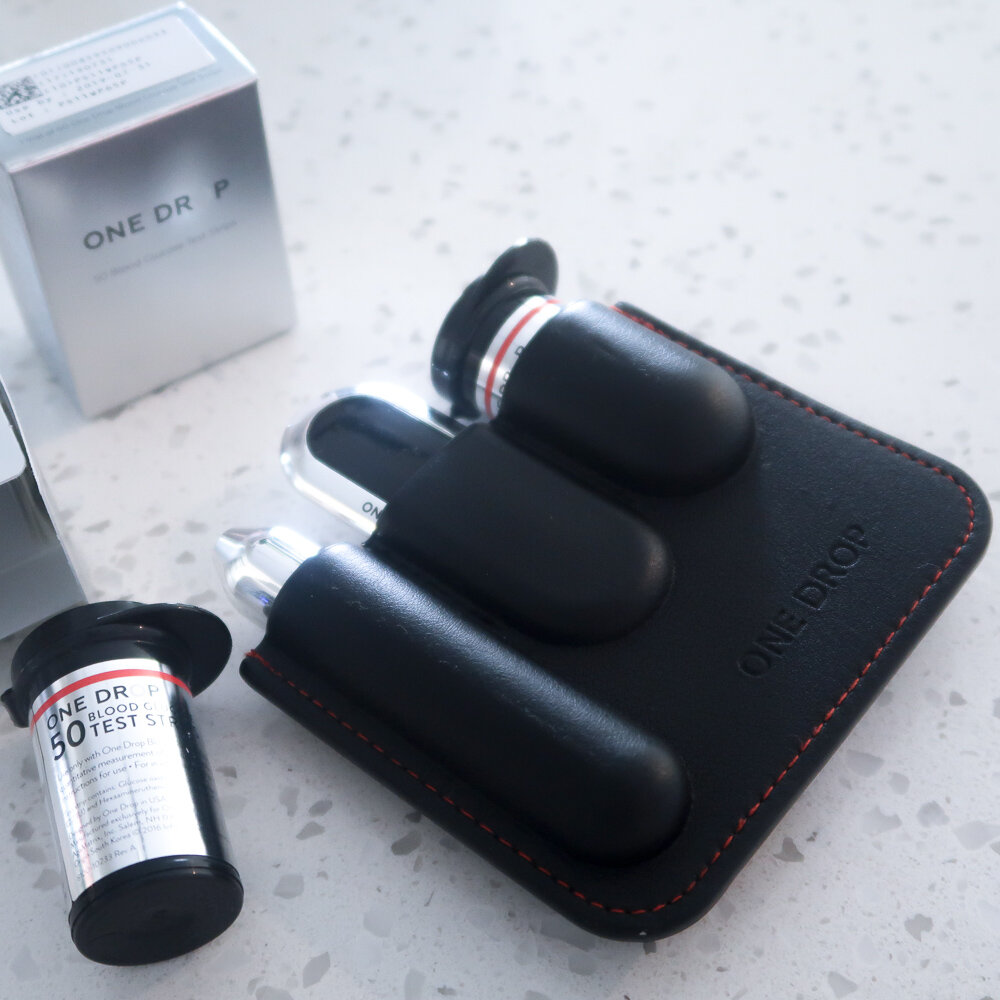I was born the youngest of five children into a thoroughly religious household
and lifestyle. As you can probably already tell, that first sentence is ridden with
potential of a rebellious future. And I suppose at some standard, that’s exactly
what played out, but not in the way you might think. I was diagnosed at 8 years
old and the whole world stopped turning for a little while. My parents, who loved
us very much but let us run with the wolves typically (children would leave in the
morning, play all day, come home when the street lights would come on),
suddenly became the helicopter parents every pre-pubescent 8 year old feared.
I felt my freedom was suddenly taken away for something I had no say in. What I
ate, where I went, my independence and my autonomy felt completely
jeopardized. This caused a lot of tension in my family and caused me to begin to
“act out” for lack of a better term. Our religion (Mormon or LDS) was very strict
and culturally very judgmental. I was now looked at as the bad kid whom no
parents wanted their kids to hang out with. I was secluded, confused, and in a
lot of emotional pain after my diagnosis.
Something not often spoken about in the community is eating disorders in
diabetics. Whether it be to ration insulin, keep from gaining weight, prevent scar
visible bulgy scar tissue, or because we resented our bodies for this disease,
one thing is abundantly clear: body image is a struggle that teenagers have no
preparation for and throwing diabetes into the mix is a recipe for eating
disorders. I’ve heard a few people refer to them as diab-eating disorders or dia-
bulimia. This happened to me. I’ll spare you the details, but I went through great
lengths to appear thinner than I was. My mom, although just trying to help,
wouldn’t validate my current body as beautiful and instead took me to Jenny
Craig and would buy me diet pills. To sum this up, my body never felt beautiful
to me.
Once I turned 18 and legally left the church, I was cast out temporarily by my
parents. With no money, they knew I would not be able to afford my insulin. My
dad is the owner of a well-known and successful business in my city and he
decided to keep me on the payroll so that I would qualify for insurance. This was
extremely complicated and caused a weird dynamic of power between my
parents and I at this point. Eventually and I still don’t have an explanation, my
parents decided their relationship with their daughter was more important than
the teachings of their religion and we began to repair our relationship. It grows
stronger every year. As I write this now at 25 years old, my mom and I are
sharing a bowl of ice cream and watching Judge Judy together, our little
tradition on Fridays. So throw back to 2019. I was hospitalized for the second
time for some mental health reasons in the middle of April. Me, being a
procrastinator, hadn’t filed my taxes yet and missed the deadline which I was
reminded of while I was in the hospital. My stress level skyrocketed. My brother,
an accountant who runs a business every Jan-Apr to help people with their
taxes, came to visit me and assured me I wasn’t going to be thrown in jail. That
we could get together next year and work out my taxes. Plus assured me that
the government more than likely owed me money anyways and it’s very rare for
them to pursue someone in that condition. Set all that information aside.
December of 2019, it came to my dads attention that he was paying far too
much for insurance for his family and employees, and needed to overhaul his
current situation. His insurance agent began to look at the bigger picture and
found that I was clearly the most expensive person on the plan. So he pitched
the idea that I would be dropped from the insurance, and that I could apply for
the Medicaid Expansion Plan if I acted quickly. My dad is a logical man and did
a lot of research into Medicaid. From what he saw, it was almost a cure-all idea.
No copays, accepted at most pharmacies, and covered the cost of insulin.
Against my protest, I was dropped from the plan and it was my duty to jump
through the hoops of being accepted on to to plan. Which luckily and with one
day left until deadline, I made it. I was accepted. Medicaid worked really well for
about a month. It was true I had minimal copays and my pharmacy accepted it.
However, in February 2020 right before quarantine, I began getting a lot of
urgent letters from the Department of Health and Welfare asking me to fill out
forms to verify my income, my medical conditions, etc. I received over 15 letters
in a 45 day span asking various things. I began to become very anxious about
their intentions. Once the pandemic broke out I was quarantined much like the
rest of the USA as I was not an essential worker. In April, I slipped into DKA and
had to be life-flighted from one hospital to another with a 4 day stay in the ICU. I
did not tell my parents I was there because this case of DKA revolved around
some heavy alcohol use which I was in recovery for at the time. My medical bill
came in a few weeks later with close to $50,000 worth of medical cost. I called
the Medicaid help line to get it straightened out. They told me they would be
able to cover it under one condition: I could provide my 2019 tax return. Crap. I
didn’t have one. I completely forgot when January came around. Medicaid
politely gave me the middle finger. I was devastated. I still have that bill hanging
over my head though I did call the hospital and they lowered it quite a bit.
Socially at this time I had gathered a decently large following on my twitter
account from a tweet that went viral a couple months before. I tweeted my
frustrations with my situation and got a response I never thought I’d get. One of
my followers whom I had engaged in a relationship with the year prior suggested
I start fundraising for my insulin through sex work. He was a very sex positive
person when we saw each other and often suggested I start an OnlyFans for
some higher income. This time, he told me he would help me in any way I
needed and would even financially support my sex work. He talked me through
a lot of it: assured me that sex work is not necessarily prostitution, but I could
shape the parameters however I see fit. That not only is it the oldest profession
in world history, but one of the most high grossing. That I get to make the rules
of it and he truly believed I’d be able to make more than enough money to fund
my insulin. It was the middle of the month and I had about 15 days to fundraise.
I began promoting selling nude photos to sponsor my insulin fund and the
feedback was insane. I almost met my goal that month. I took out a loan from a
loan shark to cover the rest. But I was still amazed by the support I received. It
was so incredible to spend (x) minutes doing a little photo shoot and then having
10-25 buyers (men, women, non-binary, my nude sales are not gender-biased)
donate money just to see them. I suddenly felt very much secure financially and
my body became a weapon which I had never felt in my entire life. I (some
months) started making more money than my insulin actually costs. So currently,
I will fundraise until my goal is reached, and anything beyond that is donated to
my other diabetic sex workers or donated anonymously to my local diabetes
programs. There are still months when I struggle however and I have taken
straight donations of insulin which isn’t my preferred method, but hey, beggars
can’t be choosers! Usually when someone has a surplus of insulin and I’m
already more than half-way to my insulin goal, I will encourage them to donate it
to a local homeless shelter or get into contact with diabetes programs in their
area. I also assure them that if shipped to me, the local shelter takes sealed un-
expired boxes and I’ll be sure it’s delivered. I’ve middle-manned probably over
30 vials of fast-acting insulin about half of that for long-acting. I may be the
Robin Hood of pharmaceuticals? However you’d like to view me, I really am just
a human trying to survive. To conclude this, I’d like to really stress that the
stigma around sex work is tired and played out. I was never meant to be a sob
story- although it is a bummer I have to use sex work to buy insulin while I’d
prefer to use it to buy a house or new car. I really am not the “exception” to
selling nudes just because I do it for insulin. I’d be doing it either way and I think
a lot of people misunderstand that. Although my story is unique, it’s the reality
for a lot of people who use SW to feed their families, buy that purse, go on that
vacation and perhaps raise a few eyebrows along the way.
Sex work is work.
Twitter: @campslutandi
Instagram: @andi_archive
Tik Tok: @campslutandi
Venmo: @shmandipetersen
Cash App: $shmandipetersen






































